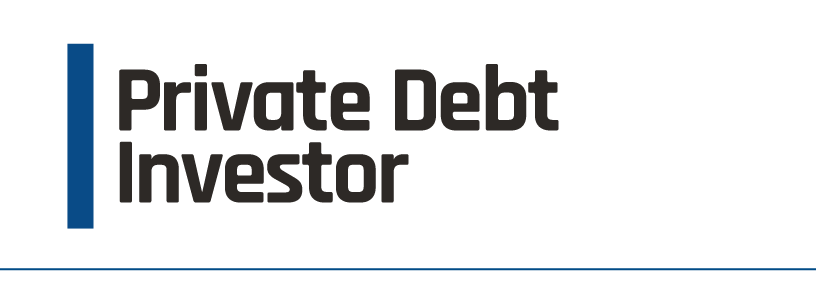FUNDRAISING SPECIAL
The implications of the liquidity crisis remain unclear, but confidence is high that investors will not lose their appetite for private equity – and even the larger funds finding it difficult to finance new deals don't seem to be losing support. Andy Thomson reports.





